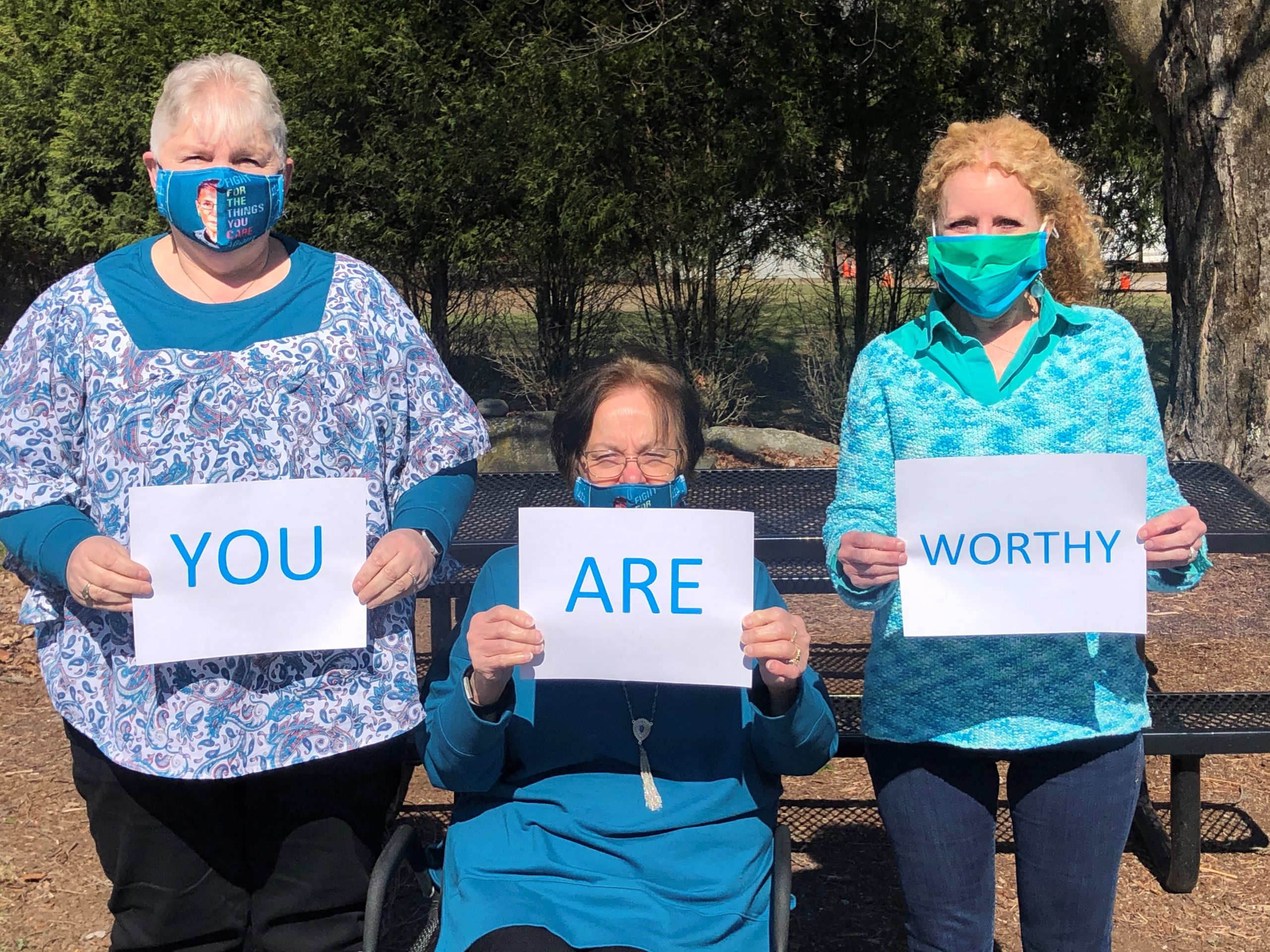While Mental Health Awareness Month is typically spearheaded by organizations other than ours, since May is just ahead, we thought it would be a good time to discuss the effects of trauma on the brain.
In the case of a healthy, fully functioning adult brain, the reaction to external stimuli passes through several key areas. Notably, the information enters the Cerebral Cortex, the information processing and critical thinking part of the brain. The Cerebral Cortex processes the stimulus, marks it for storage, and then sends the message off to the Amygdala—the brain’s emotional center—to send out the proper brain chemicals to respond to the situation accordingly.
During a crisis event where a person experiences something traumatic, however, the stimulus bypasses the Cerebral Cortex entirely and heads straight for the Amygdala. This is not a disorder. This is the brain’s normal response to abnormal and extreme circumstances. The brain enters survival mode, opting for a much faster reaction in the interest of self-preservation.
These reactions are commonly called the “fight-or-flight response,” but there are more outcomes than just these two. As the name implies, during a traumatic event, one’s brain might send a message to engage whatever is causing the trauma, to fight it off, in a sense. It may also send a message to run away, to fly on foot as far and as fast as possible. Another commonly identified response is to freeze, to stop moving in the hope that whatever is causing the trauma won’t see you, will forget about you, and move on. Two lesser-known responses include fawning and fainting. In a fawning response, the person experiencing trauma will do whatever is asked of them to avoid being hurt or killed. In a fainting response, their brain is overloaded and shuts down completely.
This survival mode has several effects. Because the Cerebral Cortex is bypassed, memory is less reliable. Their sense of time is altered. Things slow down. They have trouble remembering the sequence of events, left instead with memory fragments tied to sensory inputs. They remember most strongly what they could see, hear, smell, touch, or taste. Much of the rest falls away.
Once this shorted circuit is created, it creates a path of least resistance along which future stimuli akin to what caused the trauma can trigger the brain to re-enter that state of survival mode. This is why fireworks can often trigger traumatic responses in combat veterans. In instances of rape, or even domestic violence, if a certain song was playing on the radio while the incident occurred, hearing that song in the future, can trigger the same trauma. This is especially true if the survivor is still living, or working, or going to school in the environment in which the violence occurred. And each time this trauma is triggered in this way, it reinforces that neural network, making it the brain’s go-to response for this and perhaps other stimuli.
This process of brain re-wiring is even more pronounced in children, whose brains are still forming. These trauma responses to ACEs (Adverse Childhood Experiences) can become a default response which affects how their brain continues to develop. This can lead to mental health deterioration over time, and the development of disorders such as depression and anxiety.
Therapy and counseling can empower someone to identify these triggers and cope with them in a healthy way. Doing so can help for new brain networks which include the Cerebral Cortex to help monitor the situation and judge whether extreme responses are necessary.





